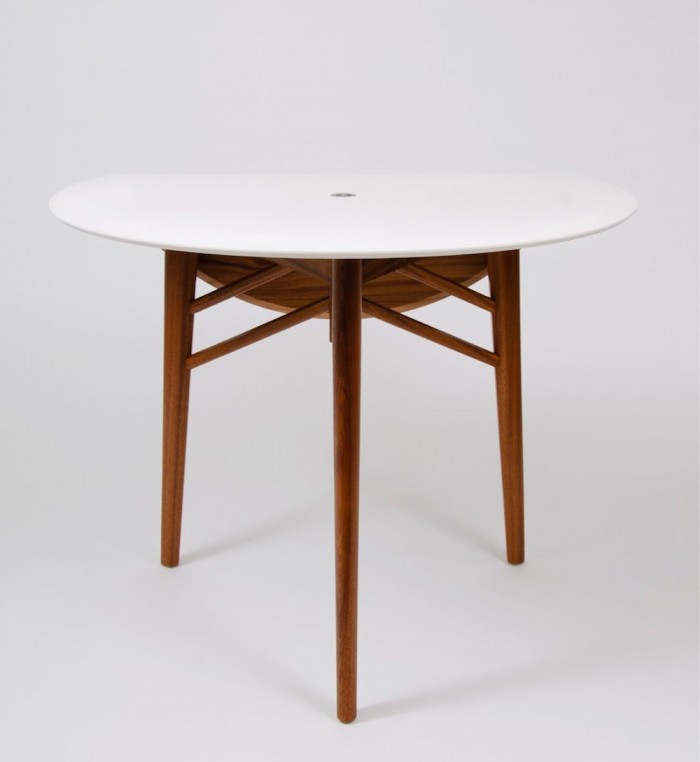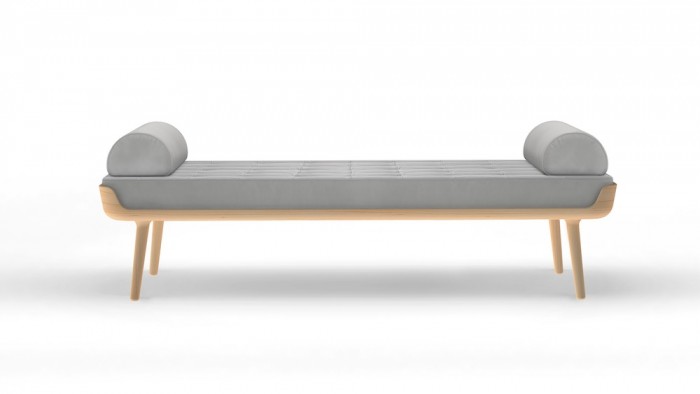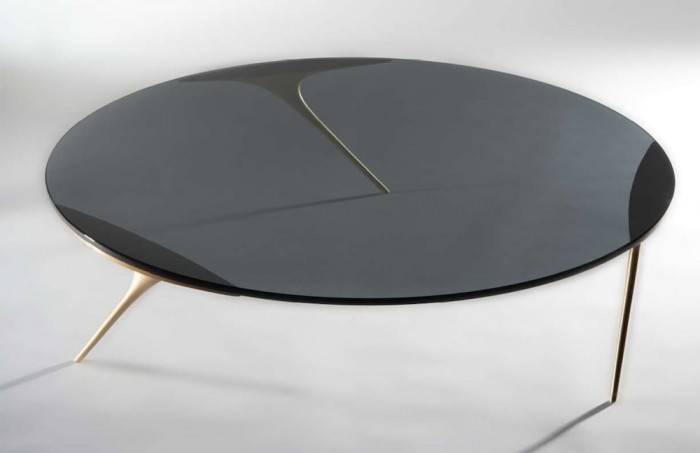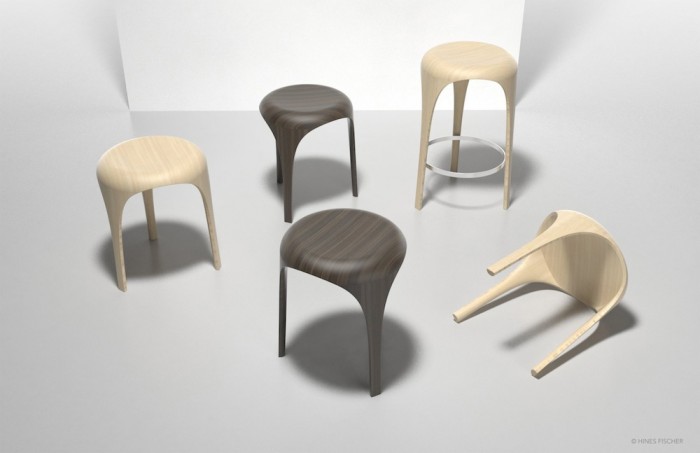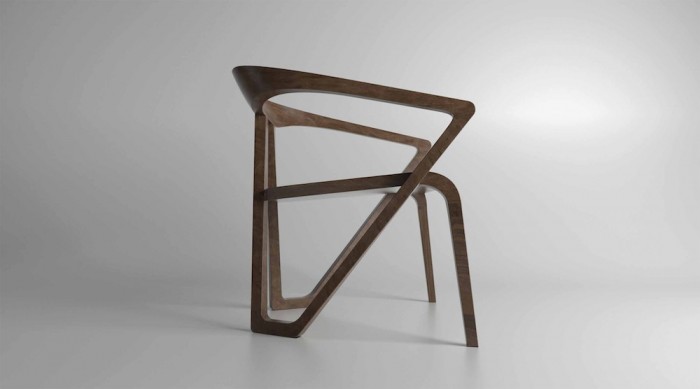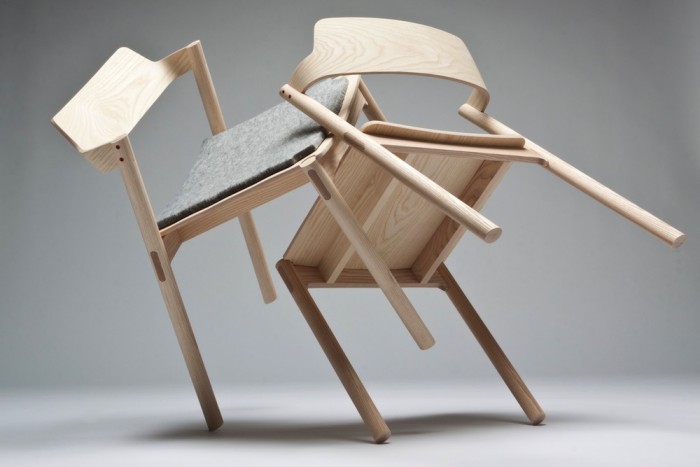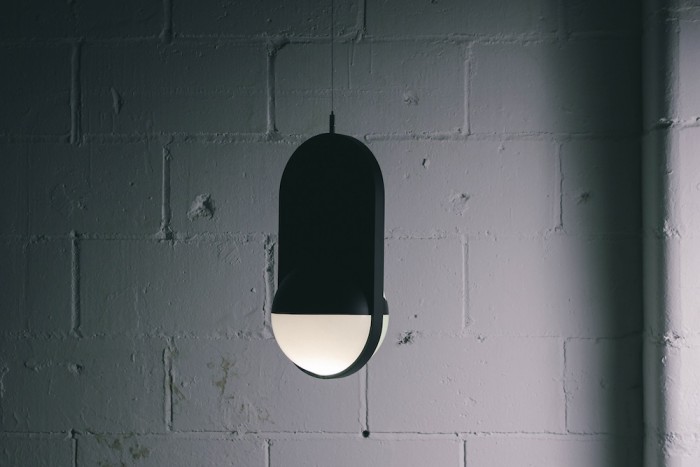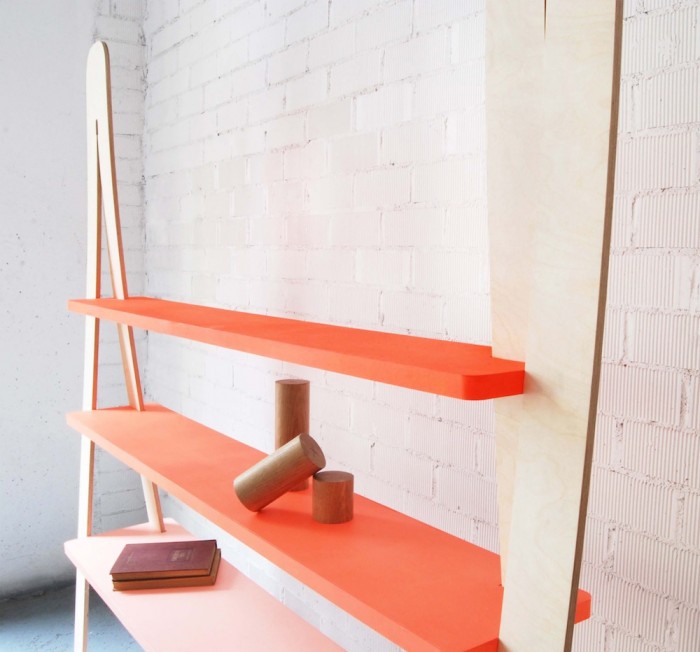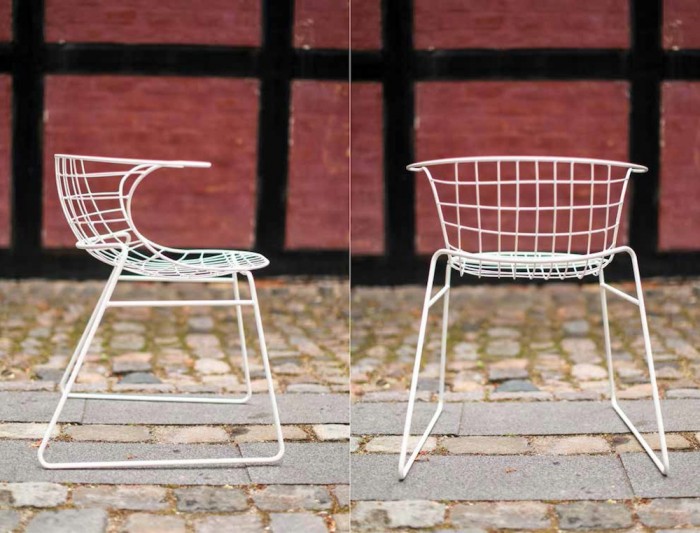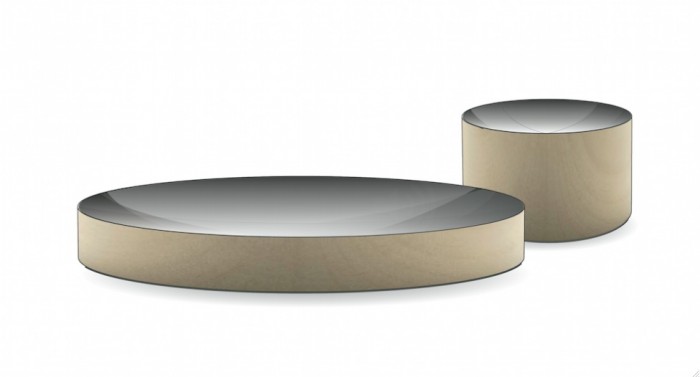The International Contemporary Furniture Fair (ICFF), which opens in New York City this Saturday, will feature prototypes by 11 young designers, all finalists in the second annual ICFF Studio Bernhardt Design competition.
The work is chosen for its commercial viability so don’t expect any outlandish or experimental pieces designed to change the way people think about furniture. Like the Salone in Milan, the ICFF is all about selling furniture (albeit on a smaller scale and with a bias towards North American-based design brands).
The project, a collaboration between New York-based furniture company Bernhardt Design and tradeshow organisers Emerald Expositions, hooks up promising young prototype-bearing designers with suitable potential manufacturers. Entries are judged on the design aesthetics and the economic viability of large-scale manufacturing.

